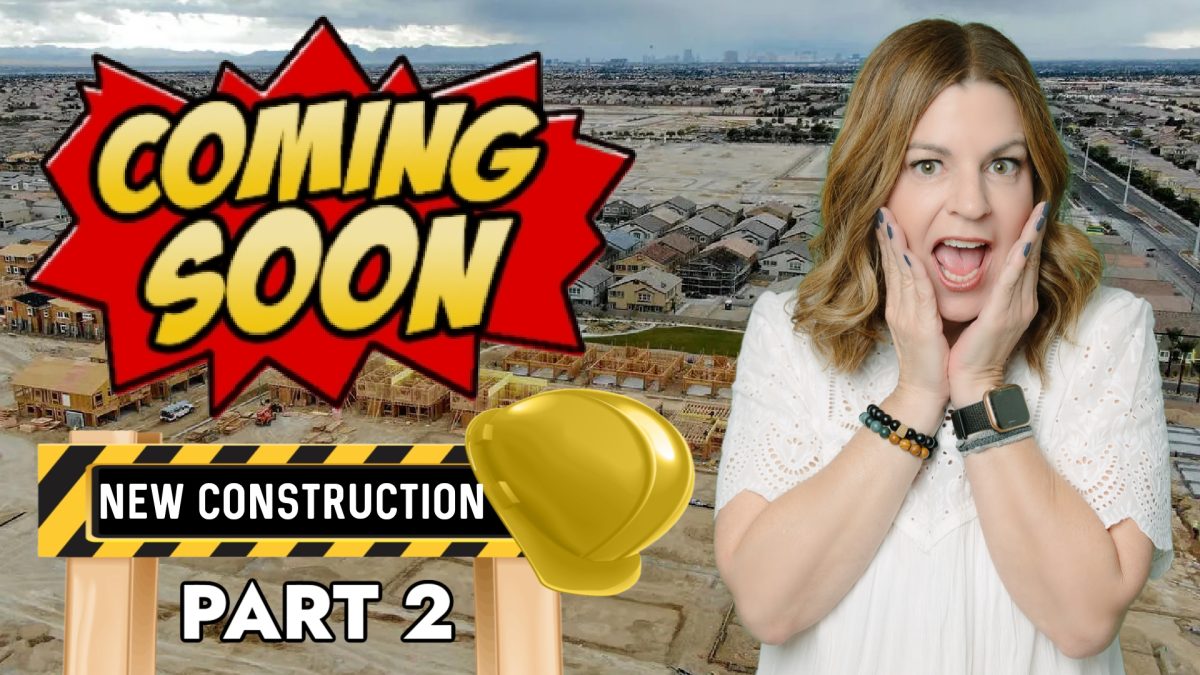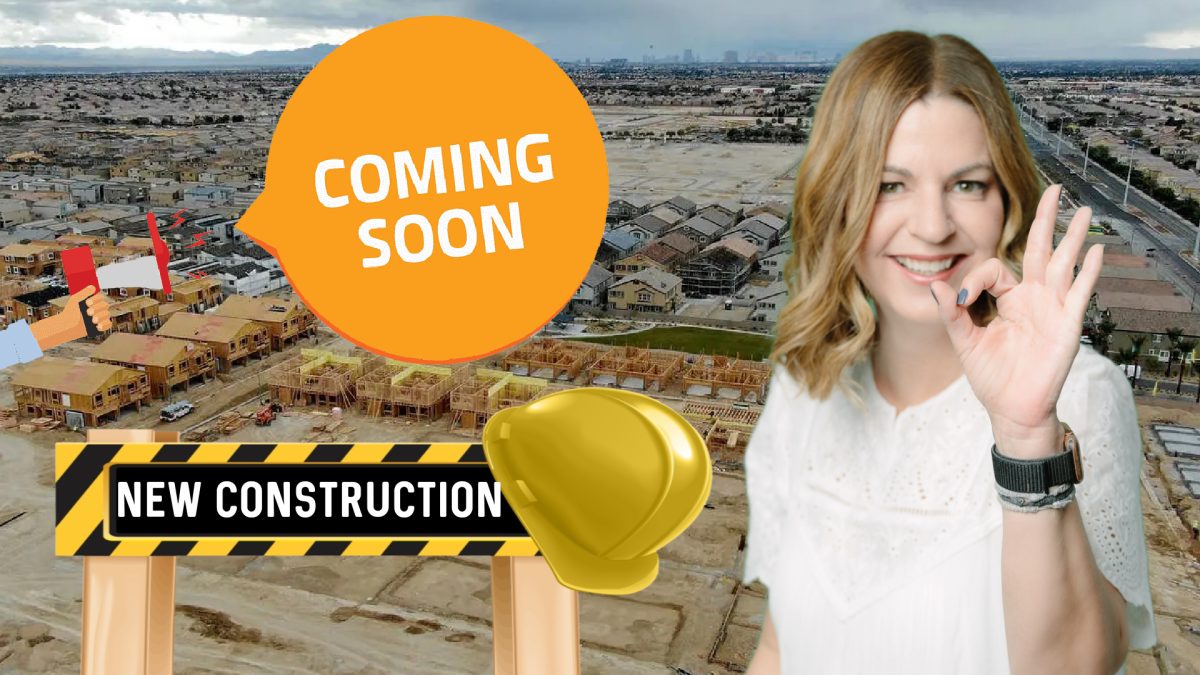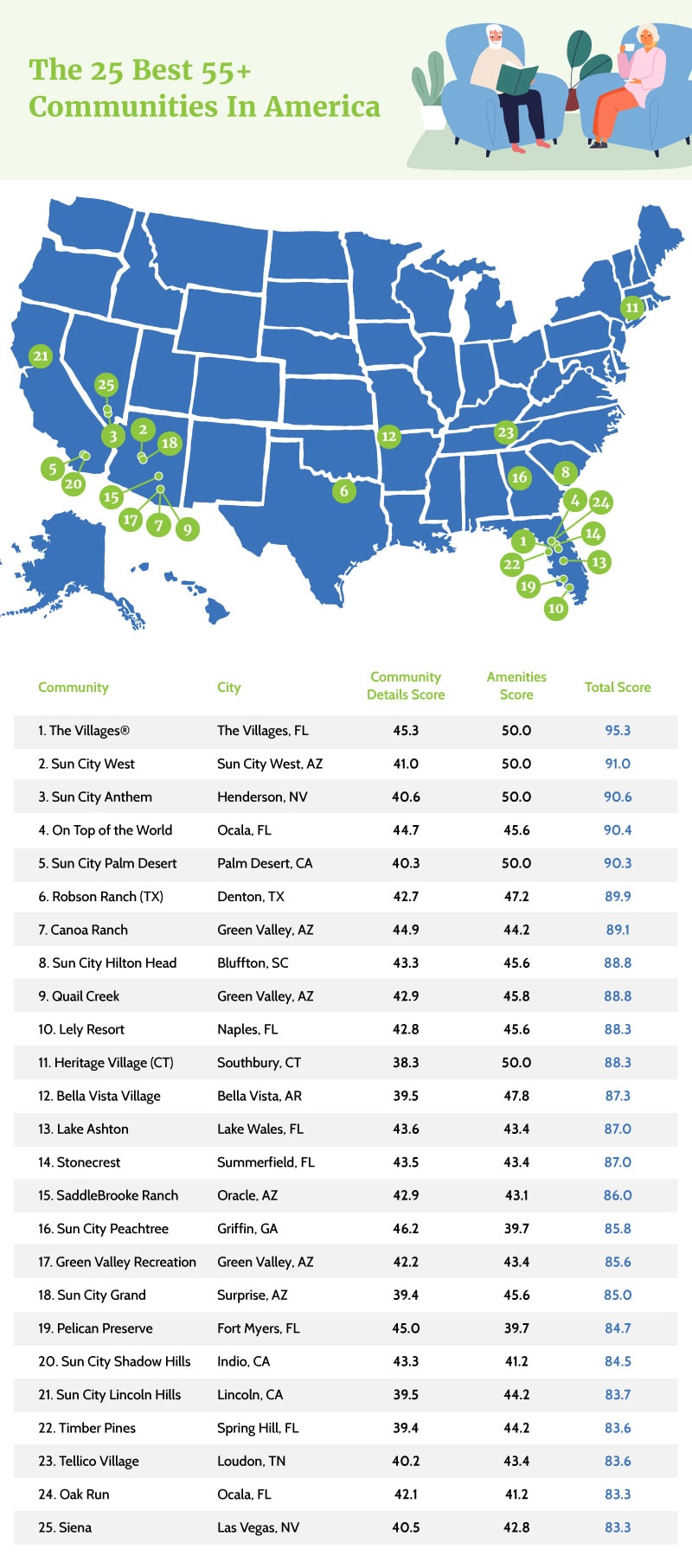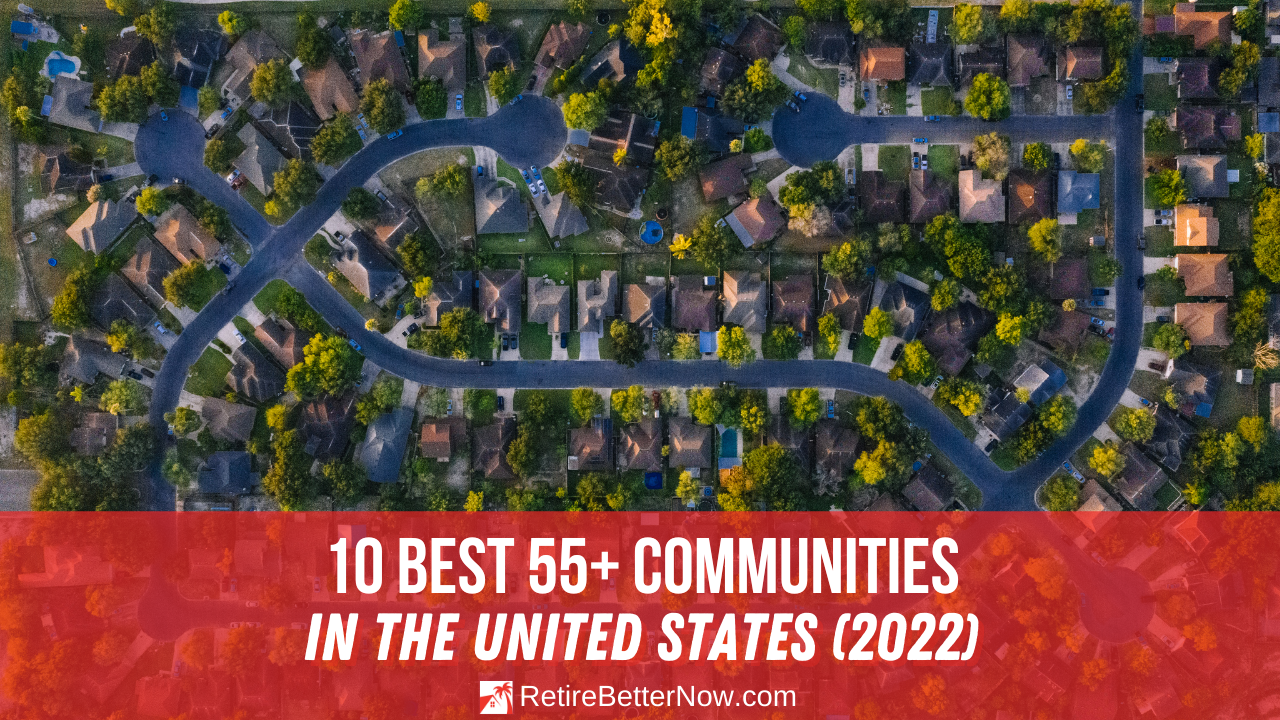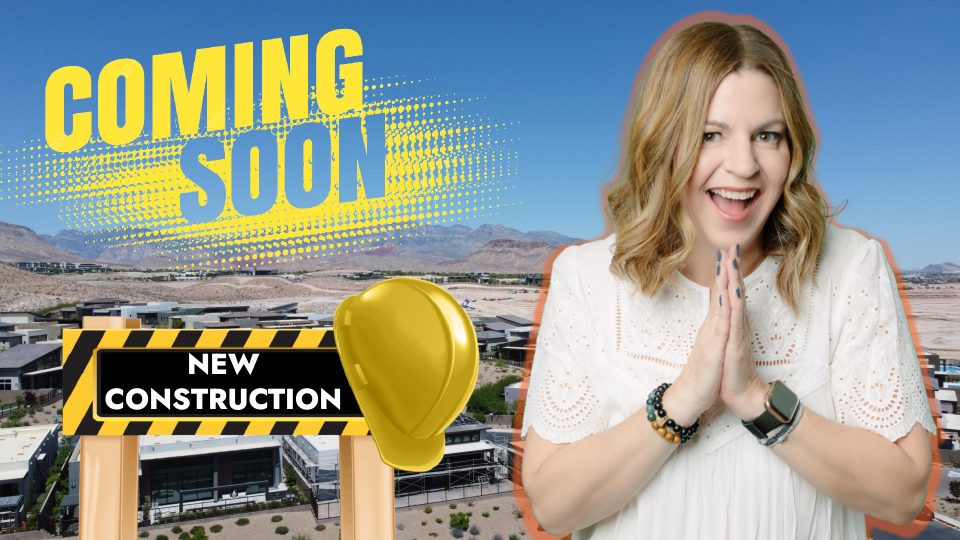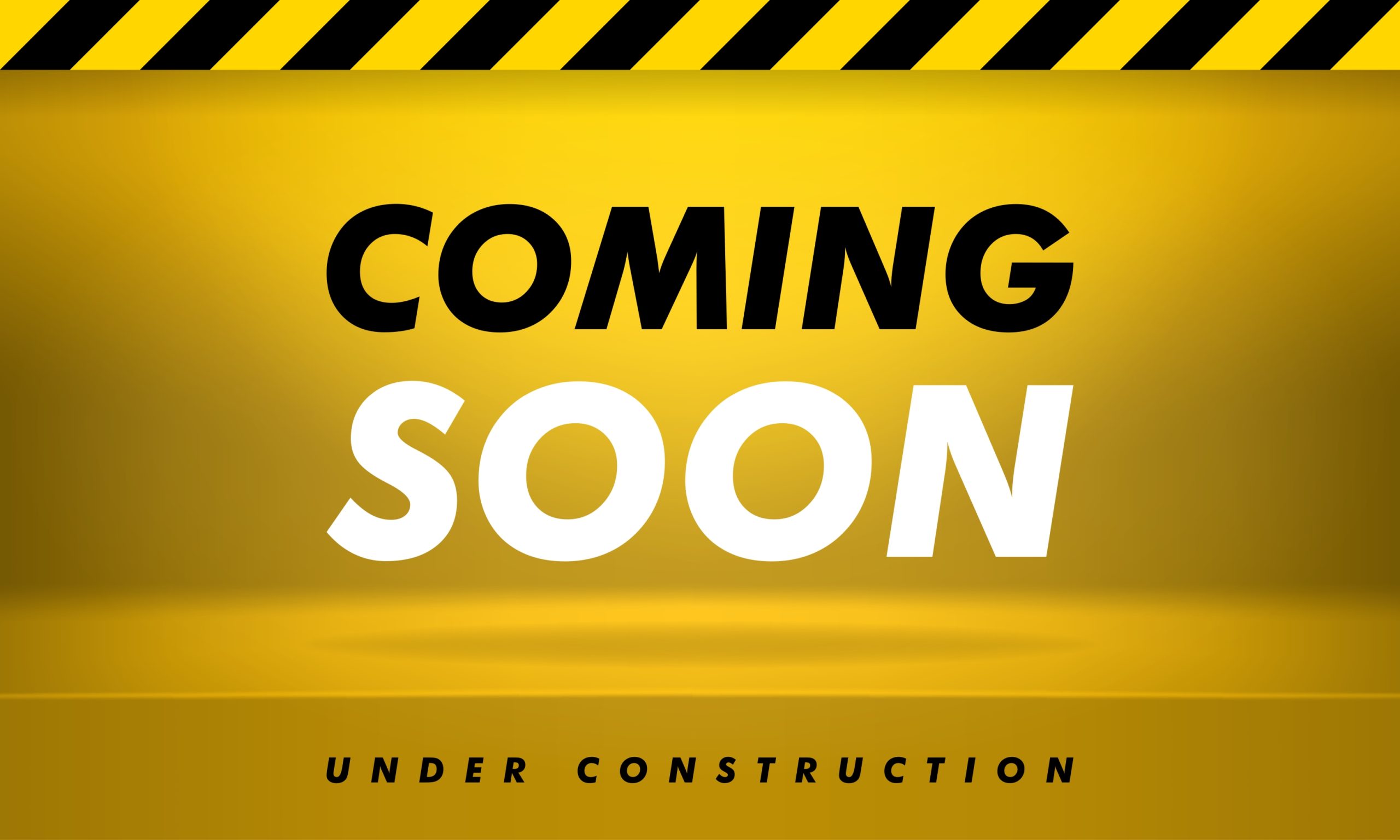2024 Coming Soon Pre-construction Active 55 Communities Nationwide Usa

The silver tsunami is cresting. America's 55+ population is booming, creating unprecedented demand for active adult communities. Developers are scrambling to meet this need with a wave of new projects slated for 2024 and beyond, but challenges remain in a rapidly evolving market.
This surge in demand, fueled by aging Baby Boomers seeking vibrant, maintenance-free lifestyles, is driving pre-construction and active construction activity across the nation. While the promise of resort-style amenities and age-restricted living is attractive, rising interest rates, material costs, and labor shortages threaten to delay projects and inflate prices, potentially pricing some seniors out of the market. This article examines the current landscape of 55+ communities nationwide, exploring the opportunities and obstacles facing developers and prospective residents alike, while considering the long-term implications for housing and senior care.
The Boom in Active Adult Communities
The 55+ demographic is one of the fastest-growing segments of the US population. This trend is a key driver for the boom in 55+ active adult communities. Developers are responding with projects ranging from sprawling master-planned communities to smaller, niche developments catering to specific interests.
Florida, Arizona, and the Carolinas remain hotspots, but demand is also rising in unexpected locations like Texas and the Mountain West. Del Webb and Lennar, major players in the industry, are expanding their portfolios with new communities offering a diverse range of housing options and amenities.
These communities often feature amenities like golf courses, swimming pools, fitness centers, and clubhouses designed to foster social interaction and active lifestyles. Pre-construction interest is high, with many projects experiencing significant waiting lists even before breaking ground.
Challenges on the Horizon
Despite the strong demand, developers face significant challenges. Rising interest rates are making it more expensive to finance new projects. Supply chain disruptions and labor shortages continue to impact construction timelines and costs.
According to the National Association of Home Builders (NAHB), material costs have increased significantly over the past few years, putting pressure on profit margins. These rising costs are often passed on to buyers, making 55+ communities less affordable for some seniors.
Another challenge is adapting to changing consumer preferences. Today's 55+ buyers are more diverse and tech-savvy than previous generations. They are looking for communities that offer walkable neighborhoods, access to healthcare, and sustainable living options.
Affordability Concerns and Alternative Options
The rising cost of 55+ communities is raising concerns about affordability. Many seniors are on fixed incomes and may struggle to afford the down payment and monthly fees associated with these communities. This is creating a need for more affordable housing options for seniors.
Some developers are exploring alternative models, such as co-housing and rental communities, to address the affordability gap. These options offer a more affordable way for seniors to enjoy the benefits of community living without the financial burden of homeownership. Government agencies and non-profit organizations are also working to provide subsidies and assistance to low-income seniors seeking housing.
Another growing trend is the development of age-restricted apartments within larger mixed-use communities. These developments offer a more urban and connected lifestyle, attracting seniors who prefer to live closer to amenities and public transportation.
The Rise of Niche Communities
The active adult market is becoming increasingly segmented. Developers are now creating niche communities that cater to specific interests and lifestyles. For example, there are communities geared towards outdoor enthusiasts, artists, or retirees with a shared professional background.
These niche communities often feature specialized amenities and activities that cater to the specific interests of their residents. This allows seniors to connect with like-minded individuals and pursue their passions in a supportive environment. Examples of niche communities include those centered around equestrian activities, RVing, or lifelong learning.
The rise of niche communities reflects the growing diversity and sophistication of the 55+ market. Seniors are no longer content with generic retirement communities. They are looking for communities that reflect their individual identities and values.
Looking Ahead: The Future of 55+ Communities
The demand for 55+ communities is expected to remain strong in the coming years. Developers who can adapt to changing consumer preferences and overcome the challenges of rising costs and supply chain disruptions will be best positioned for success. Technology will play an increasing role in the future of 55+ communities.
Smart home technology, telemedicine, and virtual reality are just a few of the innovations that are transforming the way seniors live. Communities that embrace these technologies will be more attractive to today's tech-savvy seniors. Furthermore, partnerships between developers and healthcare providers will become increasingly important.
The future of 55+ communities will depend on their ability to provide affordable, sustainable, and engaging living options for a diverse and growing population of seniors. Innovation and adaptability will be key to meeting the evolving needs of this demographic and ensuring a vibrant and fulfilling future for active adults across the nation.

